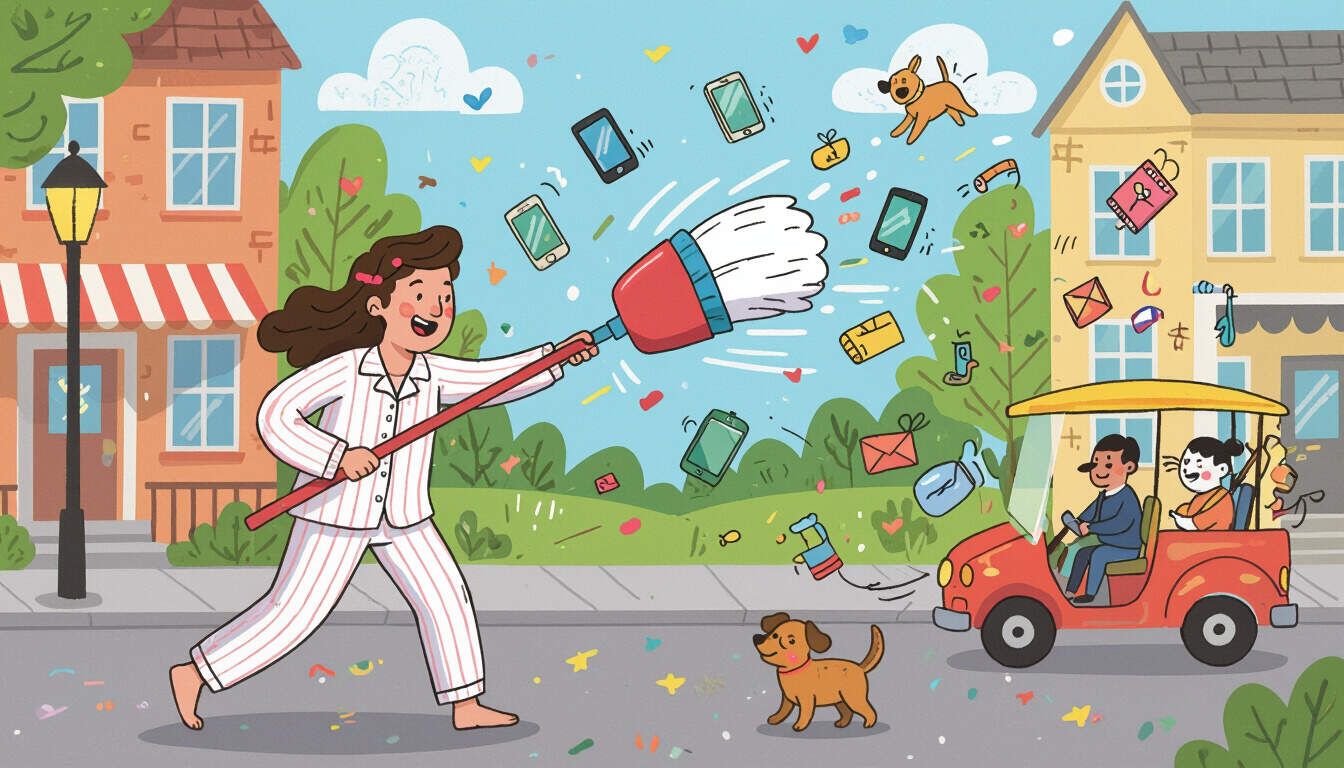Distraction Management Techniques for Remote Work Success
 by Shanie Goodwin
by Shanie Goodwin
In remote work settings, managing distractions is key to maintaining productivity and balance. This article explores practical techniques to minimize interruptions, enhance focus, and foster better collaboration among teams, helping workers stay efficient and motivated.

Remote work offers flexibility, but it also brings challenges like frequent distractions that can disrupt focus. For instance, home environments often include notifications, family, or household tasks that pull attention away from work. Effective distraction management becomes essential for sustaining productivity.
One way to address this is through structured routines. Setting clear boundaries helps create a dedicated workspace. By designating a specific area for work, individuals can signal to themselves and others that it's time for focused activity. This approach reduces the pull of everyday interruptions and supports a more consistent workflow.
Another technique involves prioritizing tasks. Making a daily list of objectives allows workers to tackle high-priority items first. This method ensures that critical assignments receive undivided attention before less urgent matters arise.
Tools play a significant role in remote work productivity. Applications like focus timers can limit sessions of concentrated effort, followed by short breaks. These tools encourage regular pauses, which help refresh the mind and prevent burnout.
Maintaining work-life balance is equally important. Without a commute, the lines between professional and personal life can blur. Simple strategies, such as ending the workday at a set time, allow for relaxation and family time. This practice not only boosts mental health but also recharges energy for the next day.
Strategies for Virtual Team Collaboration
In virtual settings, distractions can affect group dynamics. Unmanaged interruptions during meetings might lead to miscommunication or incomplete discussions. To counter this, teams can adopt shared guidelines. For example, establishing rules for video calls, like muting microphones when not speaking, minimizes background noise and keeps conversations on track.
Encouraging regular check-ins fosters accountability. Teams that schedule brief daily updates can align on goals and address issues promptly. This habit reduces the chance of distractions derailing projects and promotes a sense of collective progress.
Breaks are often overlooked in distraction management. Incorporating short walks or mindfulness exercises into the routine can clear the mind. These moments of respite are vital for long-term focus and overall well-being.
Adapting to individual needs is key. Not everyone responds to the same techniques, so experimenting with different methods helps find what works best. For some, background music aids concentration, while others prefer complete silence.
Integrating Techniques into Daily Practice
To make these strategies effective, consistency matters. Start by identifying common distractions through a simple log. Tracking these over a week reveals patterns, such as social media checks or email alerts, that need addressing.
Once identified, implement changes gradually. For instance, use app blockers to limit access to distracting websites during work hours. This targeted approach builds habits without overwhelming the routine.
For managers overseeing remote teams, providing resources is crucial. Offering training on focus techniques or flexible scheduling options supports employees in managing their environments. This investment leads to higher team output and satisfaction.
In collaborative projects, clear communication tools are beneficial. Platforms that streamline discussions help keep everyone aligned, reducing the need for constant clarifications that can cause delays.
Over time, these techniques contribute to better outcomes. Workers who master distraction management report higher efficiency and less stress. By focusing on sustainable practices, remote setups become more rewarding.
Freelancers, in particular, benefit from these methods. Without office structures, they must self-regulate to meet deadlines. Applying personalized strategies ensures they deliver quality work while maintaining personal health.
Building Long-Term Habits
Sustaining these efforts requires reflection. At the end of each week, review what worked and what didn't. Adjusting based on feedback refines the approach and keeps it relevant.
Ultimately, distraction management is about creating an environment that supports goals. With deliberate effort, remote workers can achieve greater focus, balance, and success in their roles.
